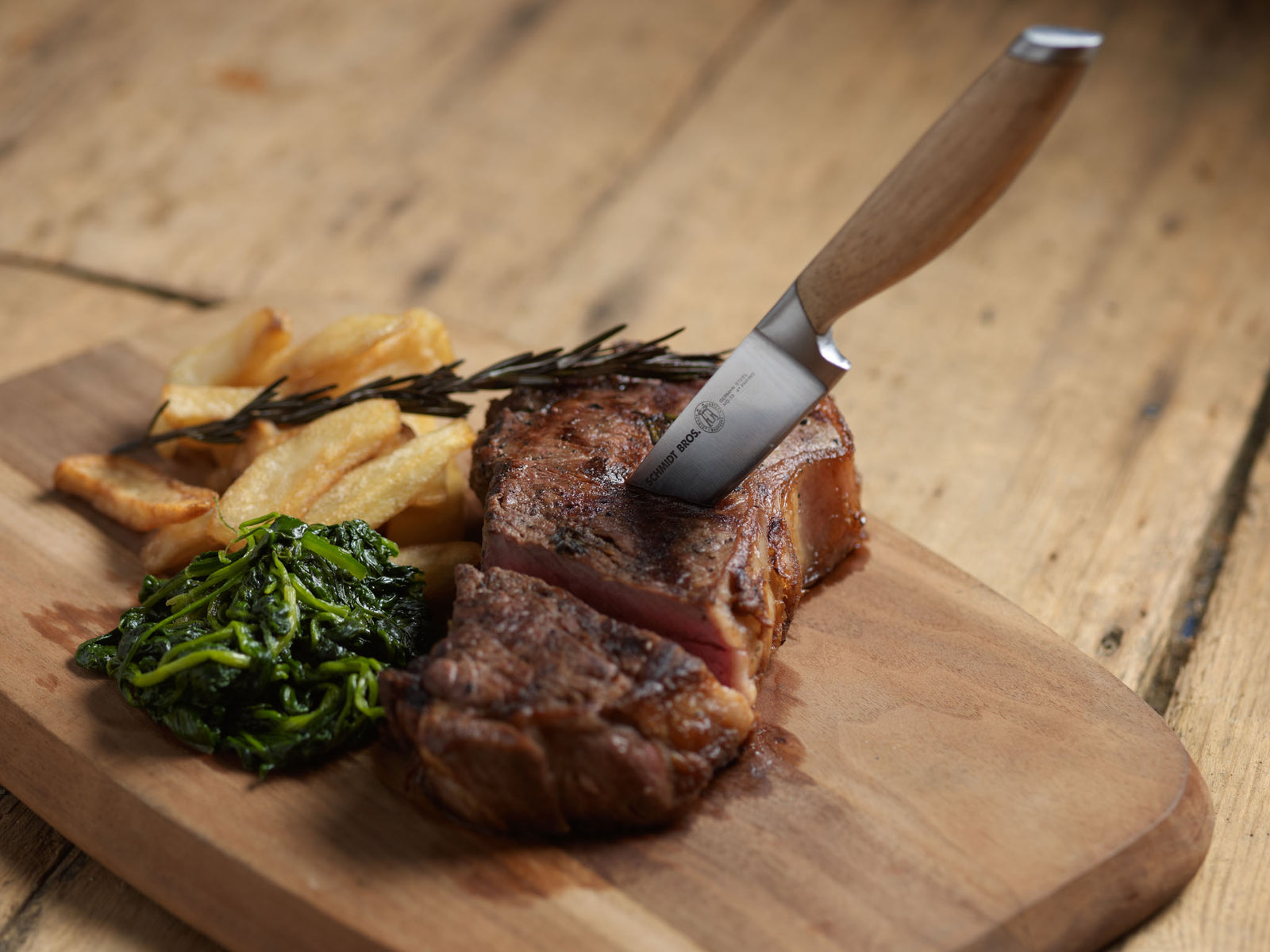For professional chefs and kitchen enthusiasts, mastering different types of knives is essential. Among these, the versatile Santoku knife holds a special place for its ability to slice, dice, and chop with precision. But how to use a Santoku knife efficiently? This is a big question every professional should be asking. Lets dive in and uncover the remarkable ways you can perfect your skills with this knife.

Why the Santoku Knife is a Remarkable Choice
The Santoku knife originated in Japan and is designed for precision and efficiency. Its favored for its short, lightweight design and razor-sharp edge. Unlike the Western chefs knife, the Santoku has a thinner blade, making it perfect for fine cuts.
Additionally, the knifes granton edgea series of scallops along the bladeprevents food from sticking. For a detailed guide on knives' unique designs, check ProCooks knife design guide.
Understanding the Right Grip
Grip forms the foundation of efficient cutting techniques. To use the Santoku knife correctly, hold the handle firmly while maintaining a relaxed wrist. Your index finger should rest gently along the spine of the knife for better control.
Palm Grip Technique
The palm grip is ideal for slicing vegetables or proteins. It ensures stability, especially when dealing with slippery food items. If you're looking to upgrade your knife skills, head to this guide.
Pinch Grip Technique
The pinch grip is commonly used by seasoned chefs as it provides immense control and accuracy. Be sure your thumb and forefinger pinch the blade near the handle for a firm hold.
Practical Cutting Techniques
How you use the Santoku knife depends on the type of cut you aim to achieve. Below are some essential methods every chef must know:
1. Straight Down Cutting
The Santoku knifes flat blade allows it to excel in straight-down cutting. This method is particularly excellent for slicing carrots, cucumbers, or zucchini, ensuring uniform cuts for better cooking results.
2. The Rocking Motion
Although the Santoku knife isnt designed for rocking, you can still perform this motion on soft ingredients like herbs. Need a quick refresher on cutting techniques? Dont miss this insightful blog.
3. Chopping
The Santoku excels in precision chopping. Use the full length of the blade to make swift cuts, ideal for preparing garlic, onions, or bell peppers.
Tips for Optimal Knife Care
A dull knife is a chefs worst nightmare, and the Santoku knife is no exception. Regular sharpening is critical for maintaining its razor-sharp edge. Consider using a sharpening stone or consult CNETs sharpening guide for pro tips.
Proper Cleaning Practices
The Santoku knife is best cleaned by hand rather than in a dishwasher. Use warm soapy water and a soft sponge to preserve the blade. To learn more about keeping your knives spotless, refer to this cleaning tutorial.
When to Use a Santoku Knife Over Other Knives
The Santoku knife is not a one-size-fits-all tool but shines in specific scenarios. It works best for smaller tasks that require precision, unlike a heavier chefs knife suitable for tackling tougher items like squash or bones.
Seeking the Right Blade?
If youre still unsure about the right knife for your kitchen tasks, check out this incredible selection of blades readily available for professional chefs.

FAQs
1. Can a Santoku knife handle heavy-duty kitchen tasks?
While the Santoku knife excels in precision tasks, it may not be the best choice for heavy-duty tasks like breaking down bones. A Western chefs knife might be more suitable in such cases.
2. How often should a Santoku knife be sharpened?
Sharpen your Santoku knife based on usage frequency. Regular users should aim for monthly sharpening, while occasional chefs can sharpen every few months.
3. Is a Santoku knife suitable for beginners?
Absolutely. The lightweight design and shorter blade make the Santoku knife an excellent choice for beginners learning proper cutting techniques.
This article contains affiliate links. We may earn a commission at no extra cost to you.


























